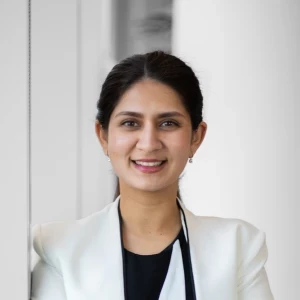Dear all, this is one of my first cases, and I am a bit confused.
All is clear until the "selling the investment bottles" part in question 1: here, it says that the client shall sell the initial investment wines, so the 120 bottles from the initial investment + the 72 bottles from the first investment. I don't quite understand how we decided to sell precisely this quantity (i.e., no more or less). Is it because we always want to have a stock of bottles available? And if so, how much in the stock do we want to keep?
The rest of the calculations are straightforward. I just don't understand how we reached this first conclusion about selling 192 bottles after 5 years.
Thank you very much in advance!
Francesca













Thank you again in advance!
Francesca
Thanks for sharing the case, now I can give you a more accurate answer!
Looking at it, the number of bottles sold derives from the investment strategy which is given in the case. The case says that they hold on to each year's batch of "investment" wine for exactly five years. Hence, after the fifth year, the client sells the first 120 bottles purchased during the initial investment, as well as the first batch of 72 bottles purchased in the first year. This totals 192 bottles sold at the end of year 5, hence all bottles that have reached their five-year appreciation cycle.
Hope that helps,
have a nice Saturday,
Kairavee